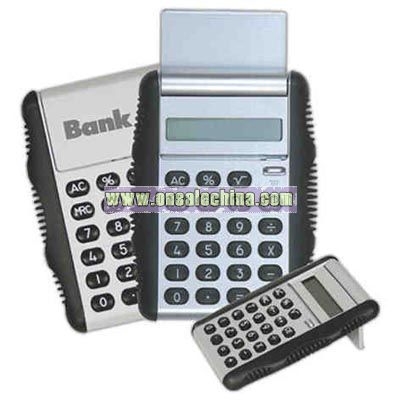

You must be aware of the risks and be willing to accept them in order to invest in the futures and options markets. Futures and options trading has large potential rewards, but also large potential risk. Government Required Disclaimer - Commodity Futures Trading Commission. Results may not be typical and individual results will vary. Student stories have not been independently verified by KJ Trading. Students sharing their stories have not been compensated for their testimonials. Individual performance depends upon each student’s unique skills, time commitment, and effort. By accessing the KJ Trading site, a user agrees not to redistribute the content found therein unless specifically authorized to do so. Neither KJ Trading LLC (KJ Trading) nor any of its content providers shall be liable for any errors or for any actions taken in reliance thereon. Any investment decisions made by the user through the use of such content is solely based on the users independent analysis taking into consideration your financial circumstances, investment objectives, and risk tolerance. This material neither is, nor should be construed as an offer, solicitation, or recommendation to buy or sell any securities.

Home Strategy Workshop Books Subscribe Resources Calculators Articles Best Of Blog About Data, information, and material (“content”) is provided for informational and educational purposes only. Individual Trade Results: For this simple example, there are two outcomes with equal odds: +$2 or -$1. On average, if I do not get wiped out, I should gain $125. Number of Trades (Flips): I am going to play the flipping game 250 times. The “Stop Trading” Equity: If during the simulation, my Risk Capital falls below this amount, I am “ruined.” I have lost the game and cannot place any more bets.
#Coin flip calculator simulator
The simulator will choose different amounts, and for this case I am going to analyze with Risk Capital from $1 to $500.
#Coin flip calculator download
To help out in this analysis, I use a modified version of my Monte Carlo simulator spreadsheet for Excel, which you can freely download right here: (There is a more advanced simulator available at my Calculators page.) To run the analysis, I need a few numbers: The Starting Equity: this is the amount I will have before I start playing the game. Since eventually we will progress to evaluating complicated trading strategies, I prefer to use Monte Carlo simulation to get the risk of ruin results we desire. For a simple coin flip like this, you could derive an answer directly using mathematical equations and probability principles. You can guess, of course, but most people would rather know up front the required amount of capital to safely play this game without risk of ruin. What about the middle? What if you had $2, or $5 or $10? Are you likely to get ruined if you start with any of those amounts? Without doing some calculations and analysis, you just do not know. Those are 2 extremes – very little capital, versus a great deal of capital. Your risk of ruin (getting wiped out) is really, really small. With this much capital, the chances of enough tails coming up to wipe you out is infinitesimally small (not zero, though). In other words, you are ruined! Game Over! Alternatively, let’s say you start with $1,000,000. Whoops, you lose your $1, and since that is all the money you have, you have no money to bet on the next flip. The question is “how much capital should you start with to play this game?” Let’s say you start with $1 and the first flip is tails. At this point, you know you have a long run profitable game (or trading strategy).


 0 kommentar(er)
0 kommentar(er)
